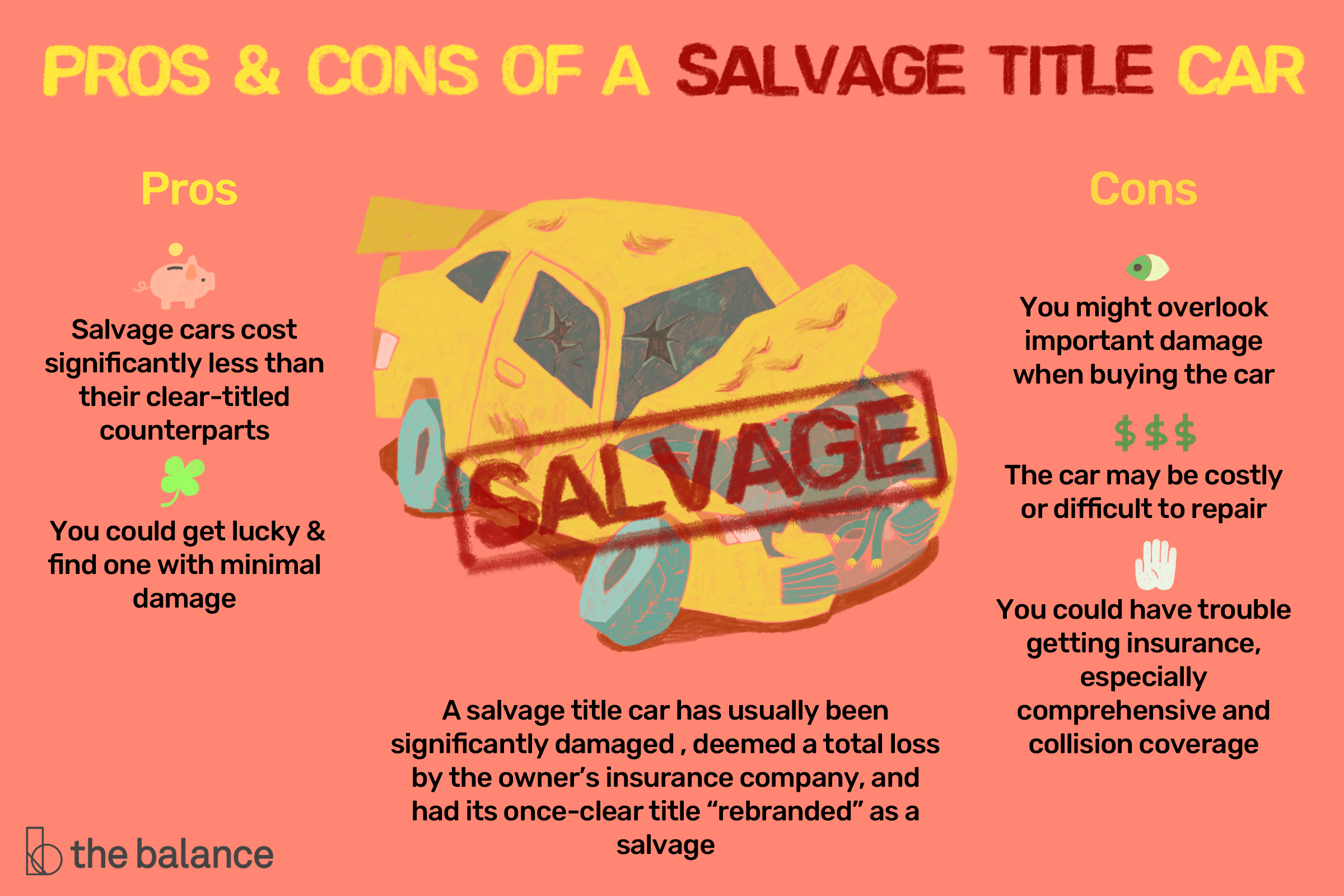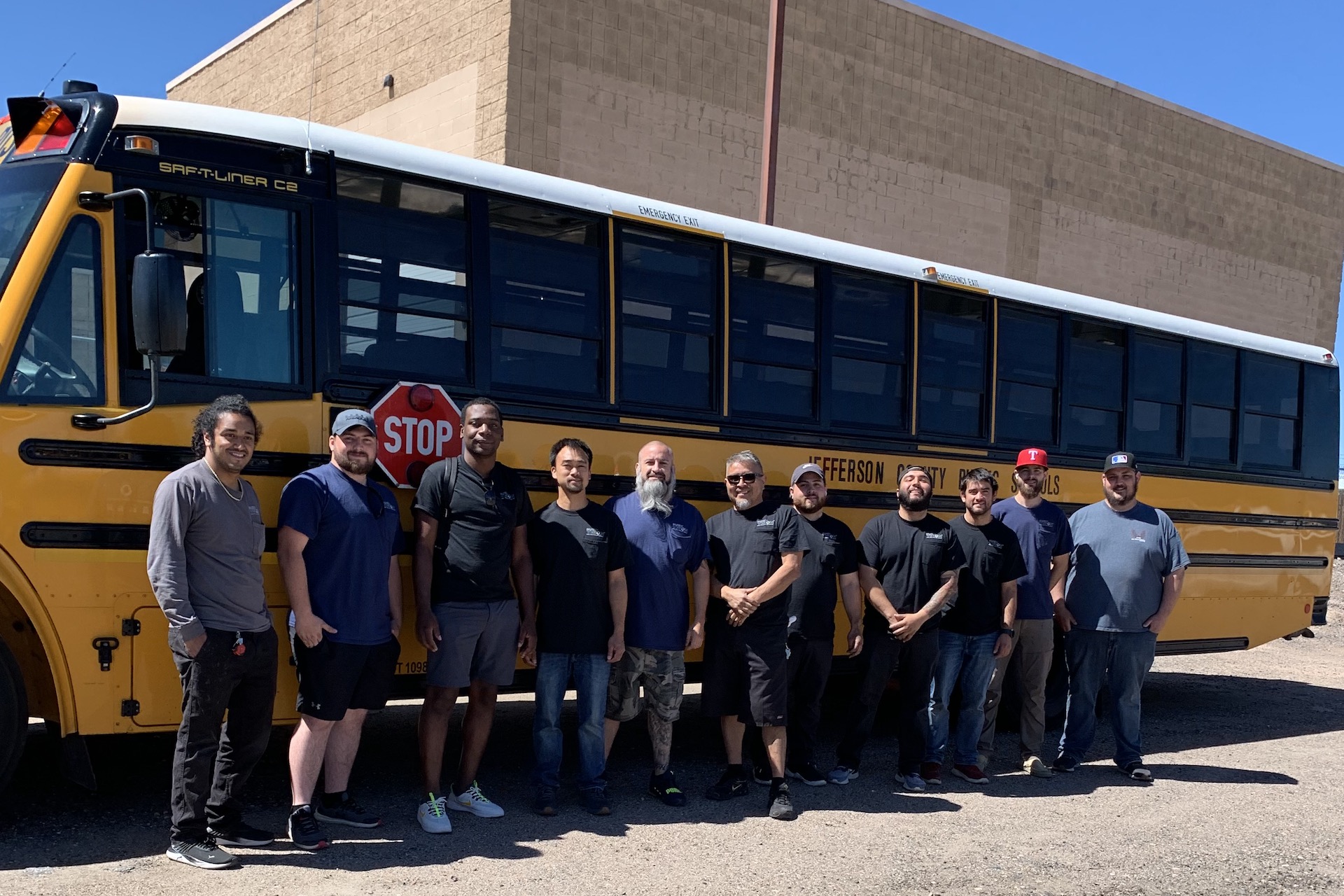
OEM parts for cars are made by a different manufacturer than the one that manufactured your vehicle. When you buy OEM parts for your car, you are replacing the original part that was installed in the factory. You should be aware that aftermarket parts can often be inferior to OEM parts. When you're looking to purchase OEM parts, there are many factors you should consider before making your purchase. OEM parts are more expensive than aftermarket parts. This is because the manufacturer makes them. OEM parts are more expensive, so you could end up spending more for your replacement car.
Aftermarket parts
Many new cars use OEM parts. But you may wonder how these parts are different. Aftermarket parts can be manufactured by other manufacturers, but perform the same function. They can be used as an alternative to OEM parts if necessary. In fact, many people use aftermarket parts to repair and maintain their vehicles. Choosing which one to buy is up to you.
Aftermarket parts can add to the performance of your vehicle and increase its durability, while OEM parts may not have the same warranty. Because of the large stockpiles of parts that are available, aftermarket parts can be easier to locate. OEM parts might not be available at your local mechanic shop. Your final decision on which parts you want to use will depend on your specific needs.

OEM parts
If you're looking for car parts, be sure to check out the original equipment producer (OEM), as well as the original supplier (OES), labels on the parts. The former refers back to the original manufacturer, and the latter the one that made the part. OES parts can be more expensive that OEM parts. The major difference between these two labels lies in the price. Purchasing OEM car parts is a better investment for your car.
OEM parts are more durable and reliable than aftermarket parts. They will fit your car in the same way that the original part did, so it is less work for you. The manufacturer guarantees its quality and will stand behind it. You can rest assured that the part will fit perfectly and last a lot longer. Warranty protection is included with OEM parts. Toyota authorized dealers can purchase OEM parts.
Used parts
OEM parts are the original parts made by the manufacturer of your car. These parts are designed to fit the exact specifications of your car and are guaranteed to function. You can save money by purchasing OEM parts over aftermarket parts. OEM dealers can help you purchase a new brake system for your vehicle. They last longer than any aftermarket parts. Before you purchase them, however, there are some important things to remember.
The first thing you should do is to verify the quality. OEM parts will fit your car better and have a higher quality than aftermarket ones. OEM parts are covered by a limited warranty. OEM parts can be expensive so make sure you only purchase them if they are affordable. Some insurance companies won't pay for OEM parts if they are not asked. Before you purchase aftermarket parts, make sure to consult your insurance provider.

Original design manufacturer
Original Design Manufacturer (ODM), or a manufacturer of car parts, is the company that designed the part. This is different to an Original Equipment manufacturer, who manufactures the product in bulk. ODMs can provide seats for Fords or the entire car. These differences are in financing, design, distribution, and pricing. Let's go over each one separately. These are some things you should know if your goal is to become an ODM.
First, think about the advantages of working alongside an OEM. One company may manufacture parts for another company and sell them through a network distributors or service providers. Car parts are an example. These are also called original equipment parts. OEMs can also design and produce their own products. MOPAR, which is an acronym for "motor parts", was once Chrysler Corporation’s primary manufacturer. However, the company now serves as the primary OEM retailer for Stellantis.
FAQ
Are you a mechanic or a technician? Can I do part-time studies?
Although it's not mandatory, a degree can help. Employers prefer candidates who have completed a full degree. It shows you are dedicated and have worked hard to achieve your goals.
However, it doesn't mean you can't still work while studying. Some universities allow students the flexibility to finish coursework during summer vacations and resume their studies later in year. Some universities allow students to take part-time classes throughout the year.
How long does an apprenticeship in automotive mechanics last?
The apprenticeship to become an automotive mechanic takes about three years. The apprenticeship includes two years studying at school and two more as an apprentice. The first year of training is spent in the trade. This includes theory and practical skills as well as safety procedures. You'll also learn how tools can be used safely and efficiently during this year. After the first year, a second year will be spent on-thejob training. This year you'll get experience in different trades. These are also the times you can attend formal courses.
The last year of the program is dedicated to gaining certification and qualifications in the field. These include NVQs (National Vocational Qualifications), which are awarded after passing exams covering specific topics within the industry. There are also HNCs (Higher National Certificates), which cover general subjects like management, business administration, customer service, and more. Finally, there are City & Guilds certificates that are offered for those who wish to become qualified in certain trades.
What are the basics of car mechanics?
To work as an auto technician, you don’t need to know much about cars. Only you need to know how things work. Most people start by fixing things like changing tires or fitting brake pads.
You will need to understand written instructions, read diagrams and follow the basic rules of good practices. It is also important to know how to determine if parts are damaged or need to be replaced.
It is important to remember that proper training and guidance are essential for anyone who attempts to repair vehicles. This is especially true if your job involves expensive parts like transmissions or engines.
Although you won't have to know much about automobiles, you must be familiar with the basics of mechanical engineering as well as physics. This means understanding the principles behind how engines work and how brakes function.
It is important to realize that you must be ready for all types of situations. If your vehicle has been in an accident, you might need to be able to handle it. Additionally, you will need to have experience with handling accidents and breakdowns.
Finally, you need to be willing and able to quickly learn new skills. In order to be able diagnose and fix problems, you will also need to know how to do simple maintenance tasks such tightening bolts.
What are the qualifications for an automotive technician
High school graduation or GED is required with excellent grades in English and math. Additionally, you will need to be proficient in reading and writing. Before you can start working, you will have to pass a written exam and take a series practical tests.
Statistics
- According to the BLS, total auto technician employment is expected to exceed 705,000 by 2030. (uti.edu)
- There were 749,900 jobs available for automotive service technicians and mechanics in 2016, which is expected to grow by six percent through 2026. (jobhero.com)
- Apprentice mechanics earn significantly less hourly than mechanics who have completed training, with a median wage of approximately $14.50 an hour, according to PayScale. (jobhero.com)
External Links
How To
How to safeguard yourself against auto mechanic scams
Scamming by auto mechanics is a problem that consumers face. An average car repair bill costs $1,500 annually. This is a huge opportunity for people to take advantage of it. But, knowing what to look for can help you avoid falling prey to scammers. These tips will help you identify scammers before they steal your money.
-
Never pay upfront. It is likely that someone will ask you to pay them upfront. It is best to ask for payment only after the work has been completed. If you have any doubts about whether something is legit, contact the Better Business Bureau (BBB), at 1-888-322-8138. They'll give you advice on how to proceed.
-
Ask for references. You can contact former customers to confirm that you are dealing with a trustworthy service provider. Also, it's a good idea check online reviews. Be sure to check online reviews about any business that you deal with.
-
Do background checks. Do background checks before you hire anyone. To see if the company has any complaints, check the BBB website. Also, confirm that the vehicle's registration number belongs the owner of the business.
-
Do not be afraid to leave. Even if a business appears legitimate, scammers will try to get you to pay too much. Don't hesitate to leave if you feel like you've been taken advantage of. There are many other businesses you could choose to do business with.
-
Avoid "free" services. Numerous companies offer free estimates and inspections. These companies will often charge you exorbitant fees later. Be sure to ask about additional fees before signing anything.
-
Avoid being pressured. When a company offers you a great deal, it's because they think they can get away with charging you less than you deserve. It is possible to fall for a scam if you are forced to buy something.
-
Look for quality products. When looking for a repair shop, you want to ensure that they use high-quality parts. For instance, if you require new brake pads you should not go to a place that uses low-quality pads. Instead, go to a shop specializing in brakes.
-
Get multiple quotes. It is important for you to compare prices among different shops. Comparing prices between shops will give you a better chance to find a fair price.
-
Keep track of everything. Keep records of everything that happens during your repair. You should keep track of all details, including receipts, invoices, warranties, and other documentation. It is also a good idea to keep track of any addresses or phone numbers that you receive.
-
Keep informed